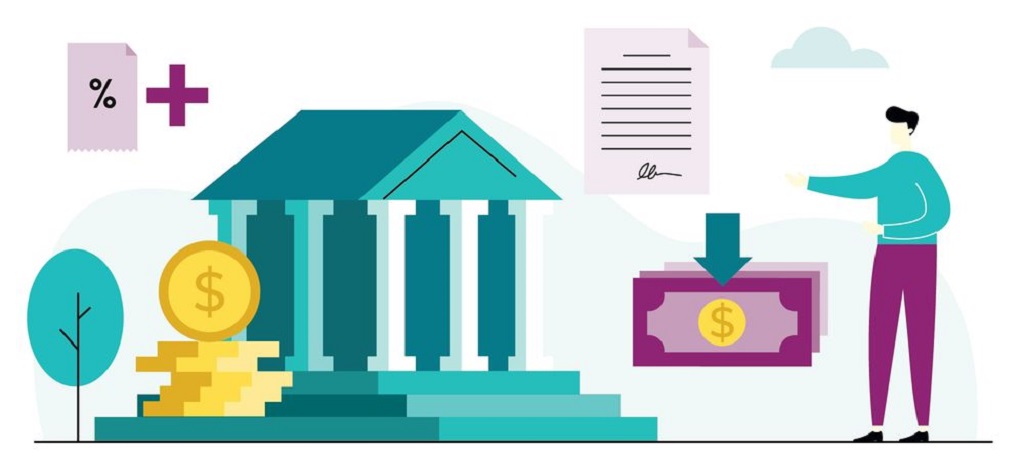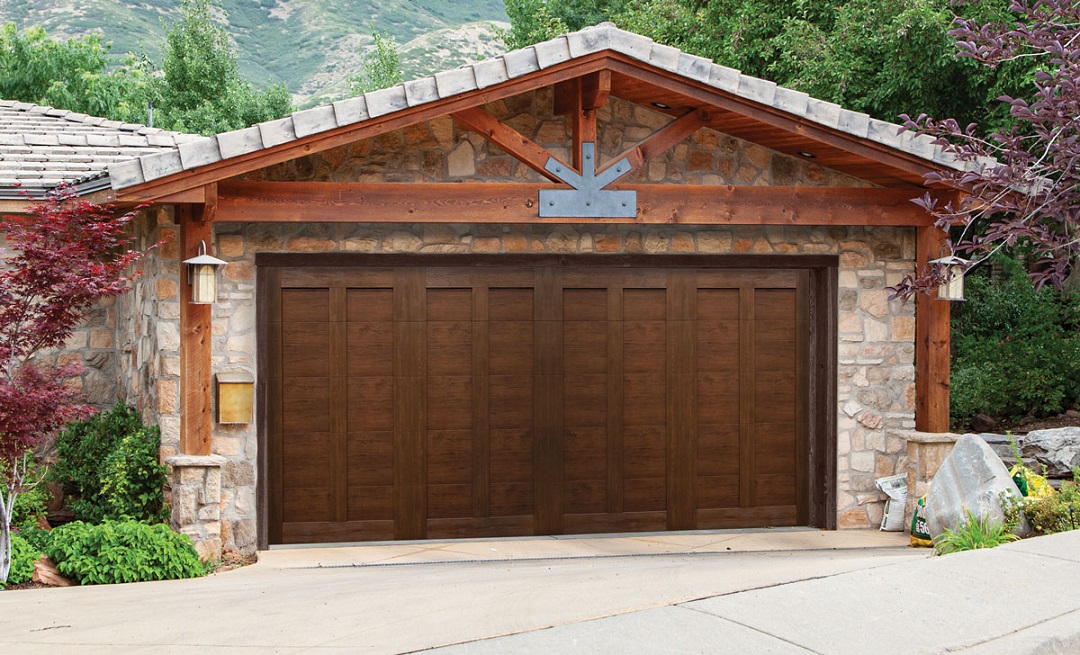Soaring utility bills can put a strain on your budget and leave you feeling frustrated. Fortunately, there are a multitude of energy-efficient home improvements you can implement, from simple tweaks to more comprehensive upgrades, that can significantly reduce your energy consumption and translate to lower utility bills. This guide explores impactful energy-saving strategies and home improvements to empower you to create a more sustainable and cost-effective living space.
Understanding Your Energy Usage
The first step towards reducing your energy consumption is understanding where your energy dollars are going. Most utility companies provide online tools or detailed breakdowns of your monthly bills, highlighting the primary energy users in your home. Common culprits include:
-
Heating and Cooling: HVAC systems are often the biggest energy consumers in a home.
-
Water Heating: Heating water accounts for a significant portion of your energy use.
-
Appliances: Energy-guzzling appliances can silently drain your energy budget.
-
Lighting: Traditional incandescent bulbs, while inexpensive upfront, consume significantly more energy than LED alternatives.
Simple Habits for Big Savings
Before diving into home improvements, consider these low-cost behavioral changes:
-
Adjust the Thermostat: A small change in your thermostat settings can make a big difference. In the summer, raise the setting a few degrees while at home and significantly higher when you’re away. In winter, lower the thermostat a few degrees and consider layering warm clothing.
-
Embrace Natural Light: Open blinds and curtains during the day to maximize natural light, reducing reliance on artificial lighting.
-
Air Dry Laundry: Whenever possible, opt for air drying clothes over using the energy-intensive clothes dryer.
-
Power Down Electronics: Don’t leave electronics on standby mode; completely power them down when not in use.
-
Shorter Showers: Reduce your shower time to minimize hot water usage.
Targeted Home Improvements with Big Impact
Once you’ve identified your home’s energy hogs, consider these impactful home improvements:
-
Upgrade Your HVAC System: Investing in a high-efficiency HVAC system may seem like a significant upfront cost, but the long-term savings on energy bills can be substantial. Look for systems with ENERGY STAR® certification, indicating superior energy efficiency.
-
Seal Air Leaks: Drafty windows and doors can significantly increase your energy consumption. Seal air leaks around windows, doors, and other openings with caulk or weather stripping.
-
Insulate Your Home: Proper insulation prevents heat transfer, keeping your home cooler in summer and warmer in winter. Consider adding insulation to your attic, crawl space, and walls to enhance energy efficiency.
-
Upgrade Your Water Heater: A high-efficiency water heater can significantly reduce your water heating costs. Consider a tankless water heater that heats water on demand, eliminating standby energy loss.
-
Invest in Smart Power Strips: Smart power strips automatically cut power to electronics when not in use, preventing energy waste from phantom loads.
-
Upgrade to LED Lighting: LED lights are significantly more energy-efficient than traditional incandescent bulbs and last considerably longer. Replace your old bulbs with LED alternatives throughout your home.
-
Upgrade Appliances: When replacing old appliances, opt for energy-efficient models with the ENERGY STAR® label. Look for features like automatic shut-off and energy-saving cycles.
Renewable Energy Integration
For environmentally conscious homeowners willing to make a larger investment, consider integrating renewable energy sources:
-
Solar Panels: Solar panels convert sunlight into electricity, potentially offsetting a significant portion of your energy needs. Government incentives and tax credits can help make solar power more affordable.
-
Geothermal Heat Pumps: These systems leverage the constant temperature of the earth to provide both heating and cooling, offering a highly efficient and sustainable solution.
Government Incentives and Rebates
Many governments and utility companies offer financial incentives and rebates to encourage homeowners to adopt energy-efficient practices and technologies. Research available programs in your area to potentially offset the cost of some upgrades.
The Payback Period
While some energy-efficient upgrades require upfront investment, they often come with significant long-term savings on utility bills. Consider the payback period, which is the amount of time it takes for the energy cost savings to offset the initial investment cost. This helps you determine which upgrades offer the most immediate financial benefit.
Related: Home Improvement Financing: Making Your Dream Renovations a Reality
Conclusion: A Sustainable and Cost-Effective Oasis
By implementing these energy-efficient strategies and home improvements, you can create a more sustainable and cost-effective living environment. Lower utility bills are just one benefit! You’ll also be reducing your carbon footprint and contributing to a cleaner planet. Remember, even small changes can make a big difference. So, start your journey towards an energy-efficient home.





